The Great Mall of the Great Plains Takes Shape
The Great Mall of the Great Plains opened on August 14, 1997, after construction began in 1996 and a spring debut was delayed. It became Kansas' largest outlet center, with more than 150 stores.
Developed by Glimcher Realty Trust and Jordan Robert Perlmutter & Co., the project was promoted as a value-oriented megamall. It mixed outlets, traditional chains, big box retail, and entertainment.
The finished mall stretched in a half-mile racetrack layout. Four themed courts divided the loop: Fashion, Home and Hobby, Sports and Adventure, and Techtainment.
Anchors included Burlington Coat Factory, Dillard's, Marshalls, Linens 'n Things, Old Navy, Oshman's SuperSports USA, Kitchen and Co., Group USA, DSW, Foozles Bookstore, and an Eddie Bauer Outlet.
The Marketplace food court held a dozen restaurants. A Jeepers amusement center offered rides before being converted to Zonkers years later.
Dickinson Theatres opened a 16-screen complex. Indoor glow-in-the-dark miniature golf filled another section.
The opening was positioned as a direct answer to Mills Corporation malls that were popular in other states. Stores filled nearly every corner at launch, from national apparel to niche outlets.
The mall combined discount appeal with leisure attractions that encouraged people to spend entire afternoons circling its broad walkways.
From its first season, the complex represented an ambitious experiment in scale.
It attracted tenants who recognized the opportunity in a hybrid design that combined off-price anchors with food and play, all under one roof in Olathe.
Early Buzz and Bold Ambitions (1997–2000)
When the mall opened in August 1997, crowds filled its long loop of storefronts and courts.
In the first months, more than 1.5 million people passed through the doors, pulling national attention to Olathe.
Retailers and restaurants launched promotions that helped create steady traffic, and the theater drew families into the evenings. Developers had left a corridor unfinished at one end of the property.
Plans called for that space to extend into more restaurants and entertainment, raising the floor area above a million square feet.
The extension never happened, but it illustrated the scale of expectation. By 1998, discussions about growth were balanced by the first empty anchor.
Kitchen and Co. closed in November of that year, leaving a gap only a year after the debut. Off Fifth Saks Fifth Avenue Outlet arrived in April 2000 to take over the vacant spot.
The change showed how quickly the mix of tenants could shift as leases turned and chains tested the site.
During the same stretch, the Olathe School District opened an alternative high school in unused space at The Great Mall of the Great Plains.
The school was added to help bring daily activity into quieter halls, giving the complex another layer of use during a period when owners still envisioned bigger ambitions.
Shifting Tenants and Retail Shakeups (2001–2005)
Dillard's Clearance Center shut its doors in 2001, ending one of the original anchors. Within three months, VF Outlet moved into the space, marking a quick attempt to fill the gap.
Old Navy shifted its store to outlet status the same year, but closed in January 2003, at the same time Oshman's SuperSports USA closed its large sporting goods location.
Cosmic Mini Golf opened later in 2003 inside the former Oshman's store, introducing a glow course as a draw.
The change was short-lived, as Off Fifth Saks Fifth Avenue closed in February 2004, leaving another anchor vacant. Linens 'n Things exited at the end of that year when its lease ran out.
By June 2005, Steve & Barry's had taken over the Oshman's space, while Cosmic Mini Golf relocated into the former Saks unit.
Marshalls, one of the early anchors, left for a strip center nearby. Hibbett Sports opened inside the old Old Navy unit, adding athletic retail back into the mix.
Jeepers amusement center, which had opened with the mall, underwent a remodel and was rebranded as Zonkers around this same period, keeping a family entertainment element on the concourse.
Waning Years Before the Recession (2006–2009)
DSW closed its store in 2007 after the lease ended, and Famous Labels stepped in soon after to occupy the former Off Fifth Saks Fifth Avenue.
Cosmic Mini Golf shifted again, this time into the former DSW unit, keeping its neon course alive in a new corner of The Great Mall of the Great Plains.
In 2008, Foozles Bookstore left, and Book Warehouse moved into the vacated unit.
Monkey Bizness opened the same year inside the former Linens 'n Things, adding a play center that drew families.
These moves came as several national chains were struggling, and turnover quickened in larger anchor slots.
By late 2008, Steve & Barry's filed for bankruptcy and soon closed.
In the following year, both VF Outlet and Famous Labels shut down as well, leaving fresh gaps. Treasure Hunt later took over the old VF Outlet space.
The mall's parent company, Glimcher Realty Trust, had already told the Securities and Exchange Commission in early 2008 that it intended to sell the property.
In January 2009, Great Olathe Center, LLC, a local group, acquired the mall.
The change in ownership set the stage for new management, but the losses in tenants had already reshaped the balance of stores across its half-mile circuit.
Decline and Announcement of Closure (2010–2015)
By September 2010, the city approved a 1.5-cent sales tax increase on all mall sales in an effort to address maintenance.
Occupancy at that point had slipped to about 63 percent, and empty storefronts were spreading along the concourse.
In June 2011, a Kansas Driver License Bureau office opened inside The Great Mall of the Great Plains.
The idea was to draw daily visitors who might linger and shop, but store counts continued to shrink.
Group USA left in July 2012, moving operations to Oak Park Mall.
By mid-2014, Hibbett Sports and Treasure Hunt had closed their locations, leaving more gaps across the racetrack layout.
The owners announced on February 16, 2015, that the mall would close in the fall.
At the time, occupancy had dropped to around 35 percent. In April, tenants were given sixty days to vacate or relocate.
Monkey Bizness closed that same month, followed by Book Warehouse in May. The Marketplace food court emptied on June 7, and Cosmic Mini Golf closed on June 13.
By July, only Burlington, B & B Theatres, Sportibles, Zonkers, and the Driver License Bureau remained.
Sportibles left by the end of July, Zonkers closed August 2, and B & B Theatres shut down August 17. The mall ceased regular operations on September 18, 2015.
Demolition and Unfulfilled Plans (2016–2023)
Demolition of The Great Mall of the Great Plains was announced in April 2016, less than a year after the final tenants closed.
Work began on July 11, 2016, with crews dismantling the racetrack-shaped structure that had once housed more than 150 stores.
By January 2017, only the Burlington Coat Factory building was left standing on the property.
In October 2018, developers unveiled a project called Mentum, which was presented as a town center with a 4,000- to 5,000-seat arena, ice rink, interactive golf, rock climbing, hotels, restaurants, and office space.
The proposal drew attention as a replacement for the empty lot, but financing and follow-through never materialized, and the plan stalled before construction began.
Ownership changed again in October 2021, when Garmin Ltd., headquartered in Olathe, acquired the site.
The purchase connected the property to Garmin's larger campus expansion. Burlington Coat Factory, the last operating store tied to the old mall, closed at the end of January 2023.
With that closure, the parcel no longer carried active retail tenants, ending the final trace of the shopping complex.
From demolition through these years, the land shifted from abandoned retail corridors to an open site awaiting new use under Garmin's control.

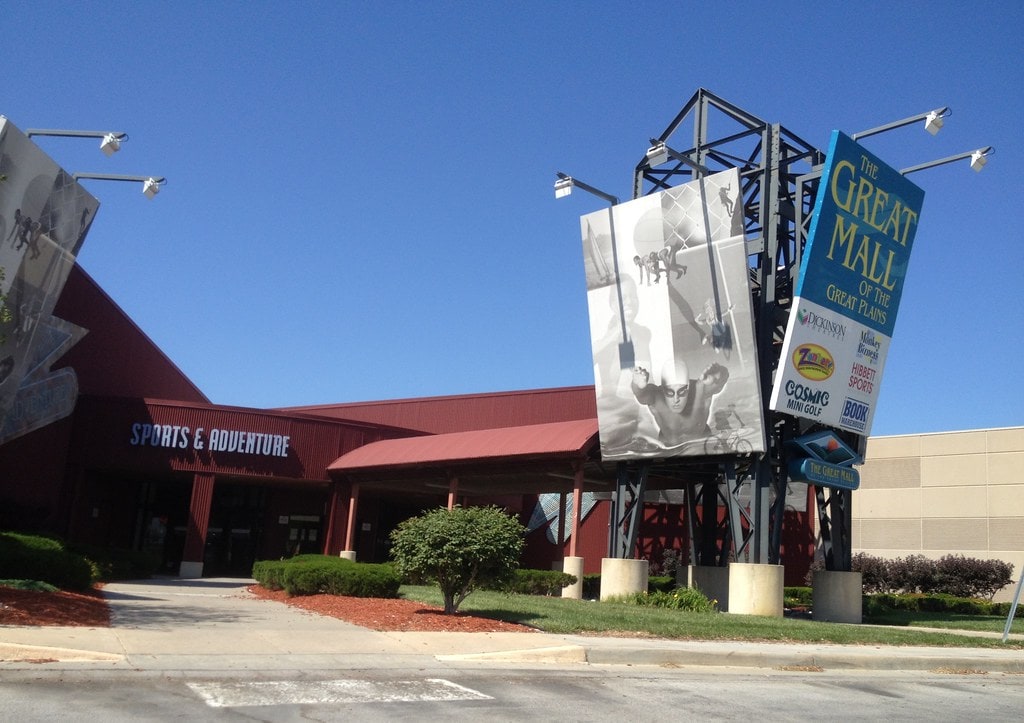
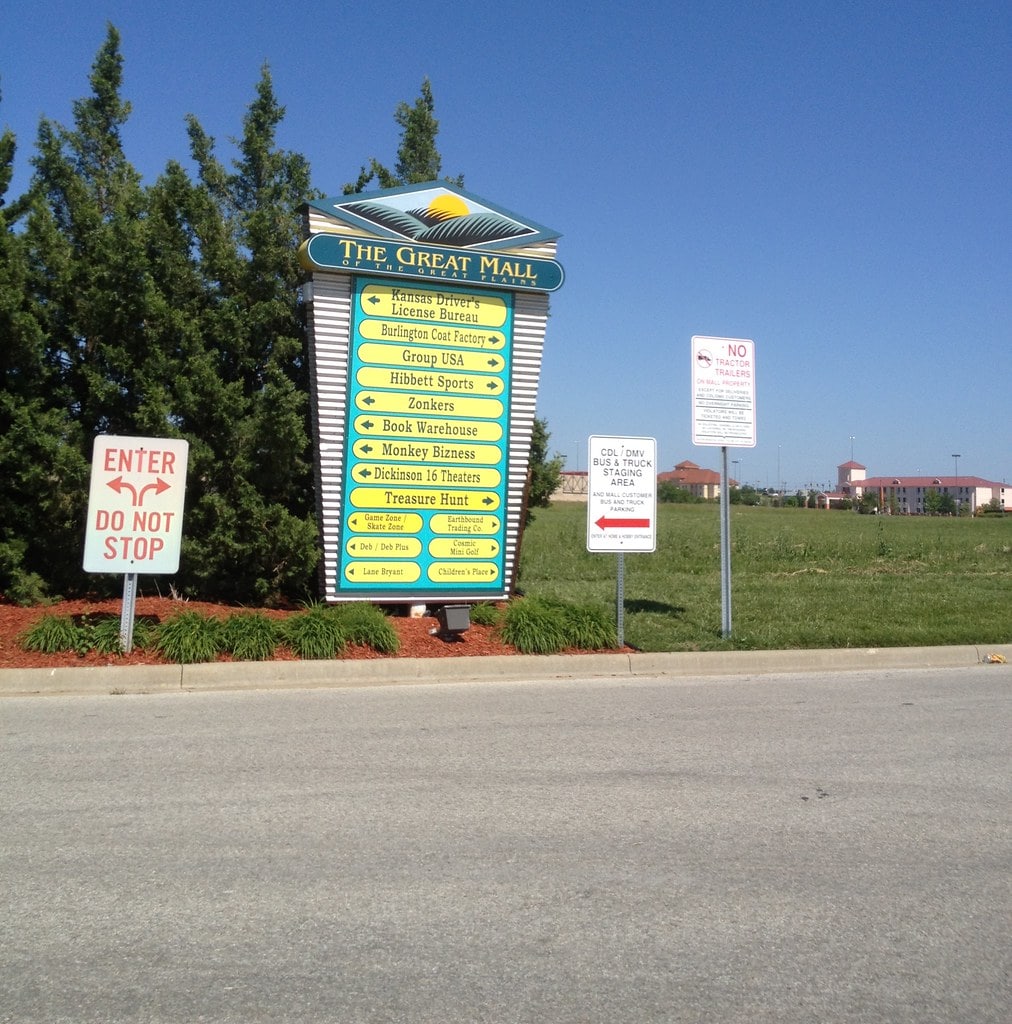
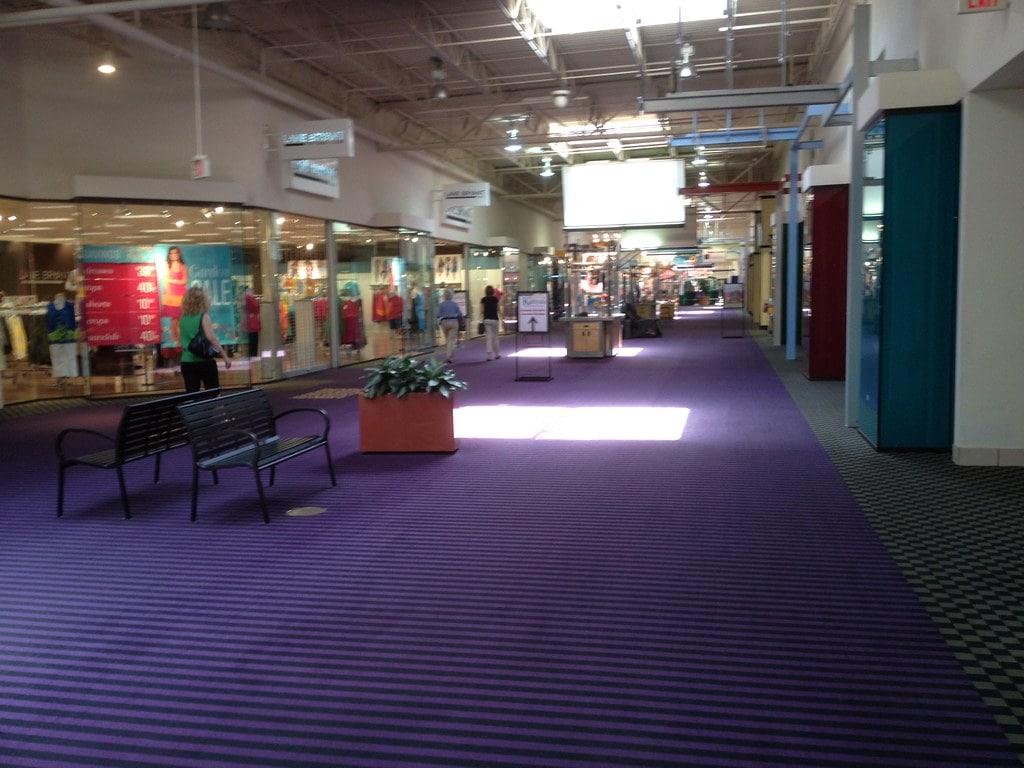
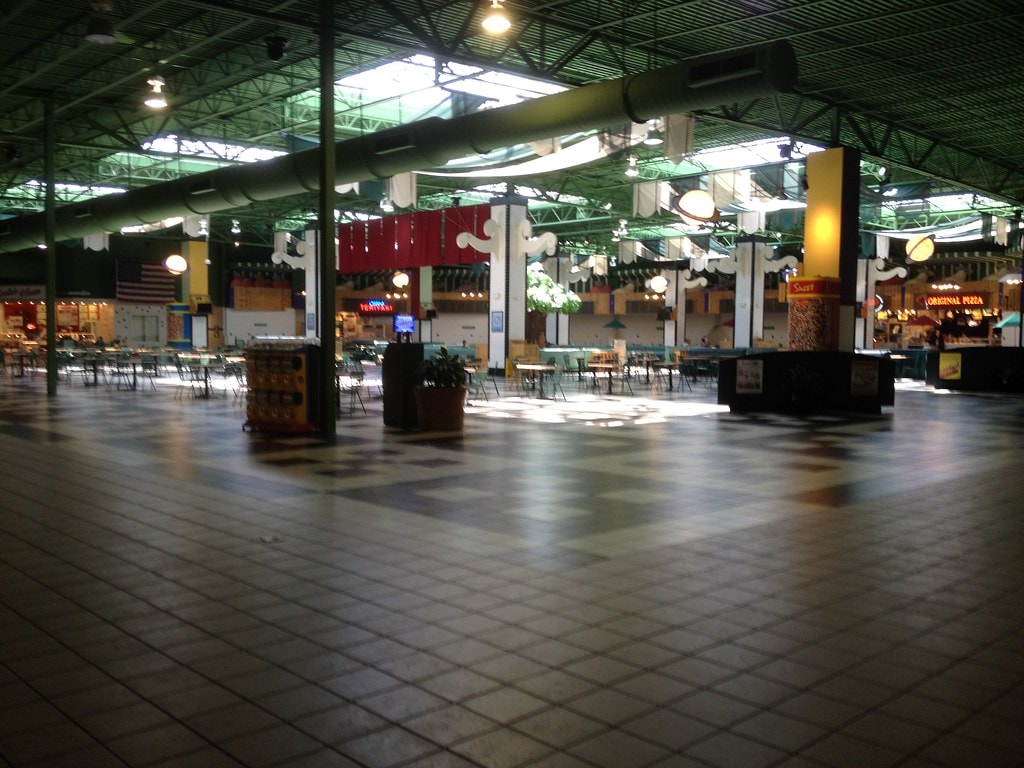
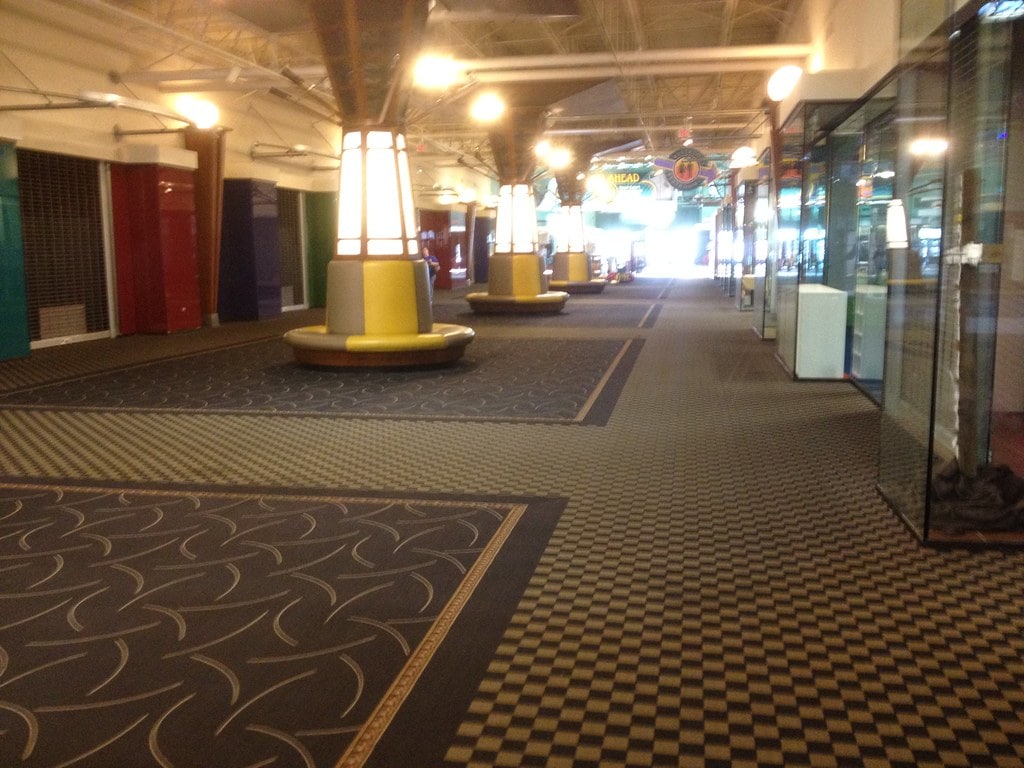
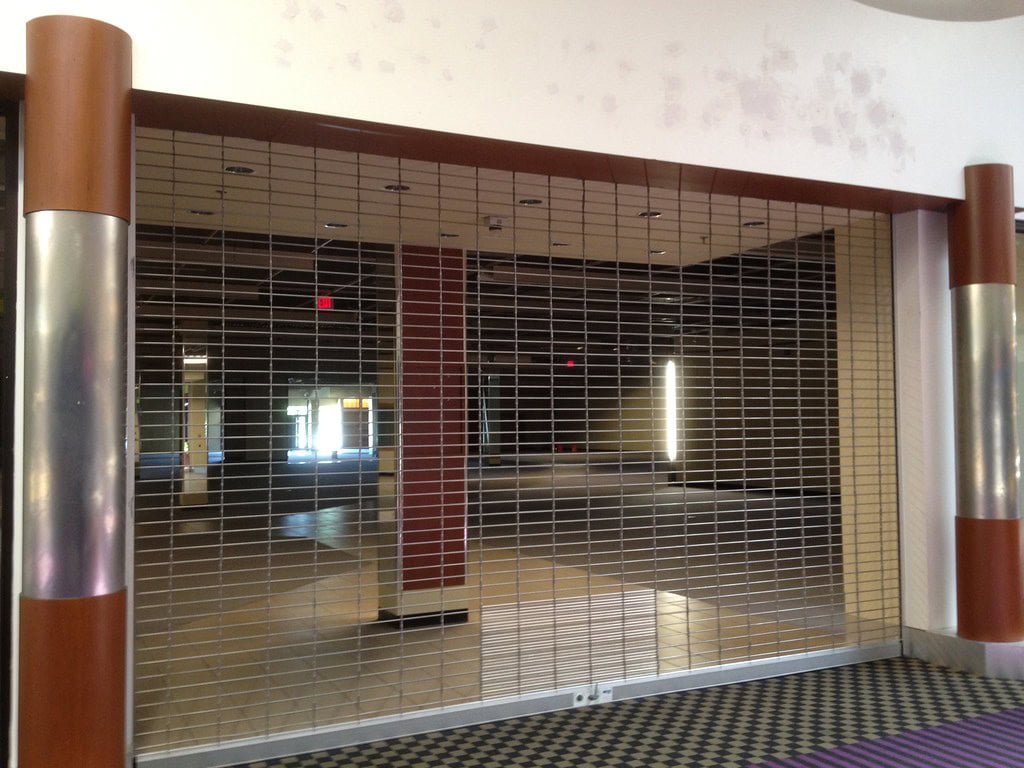
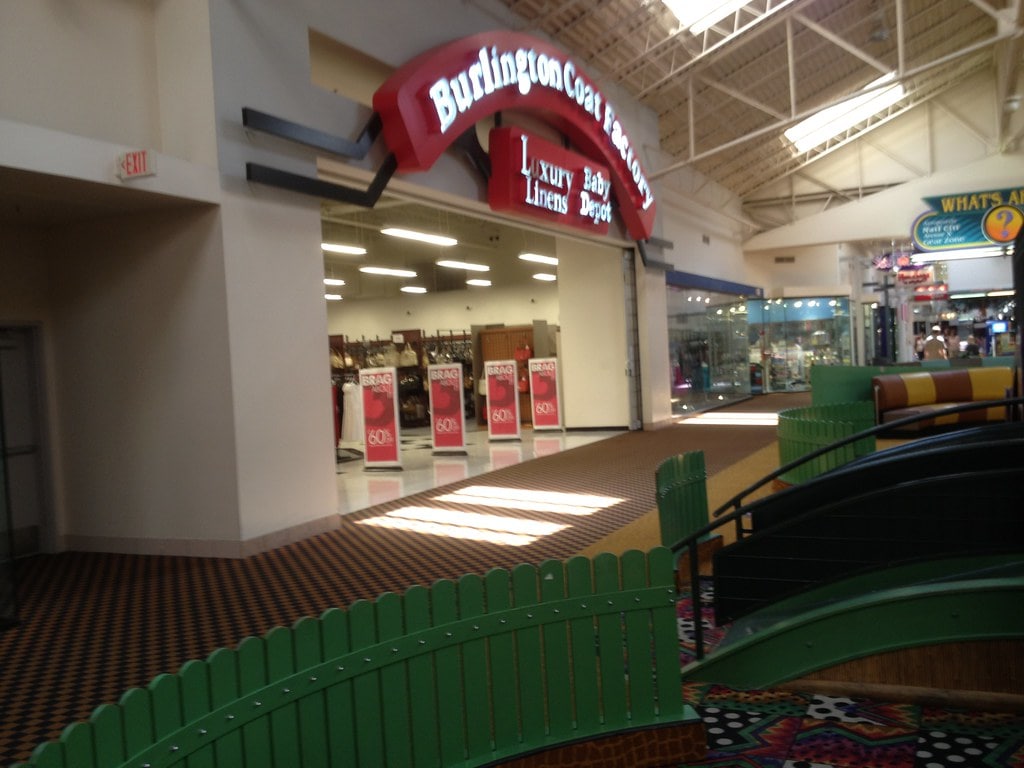
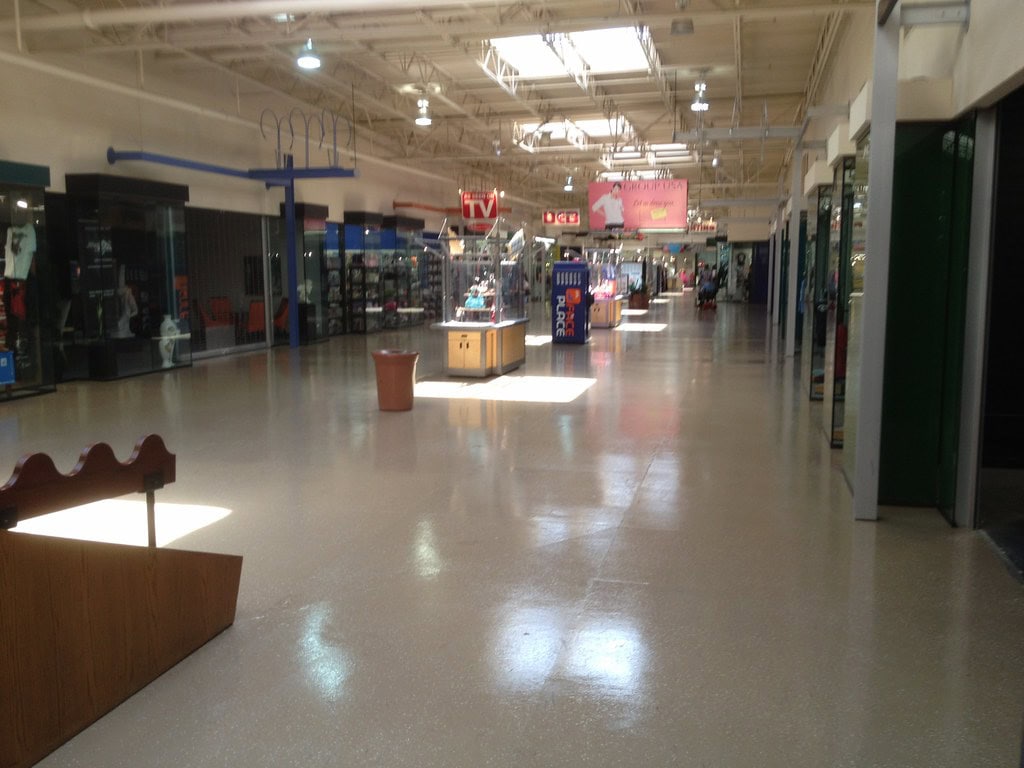
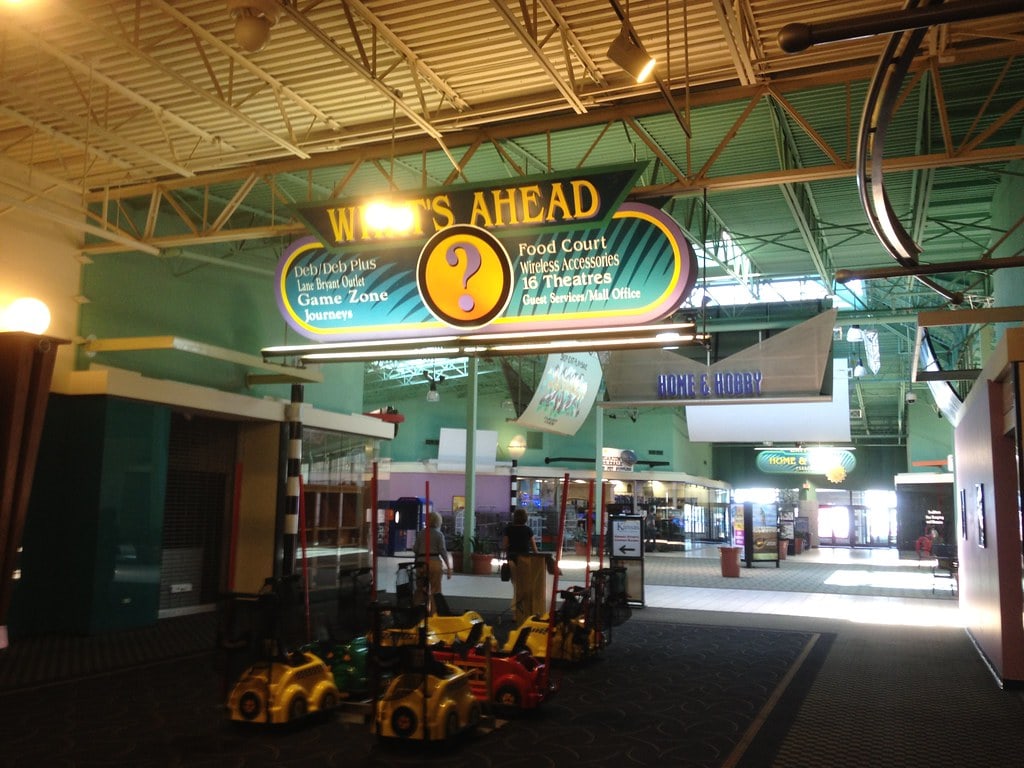
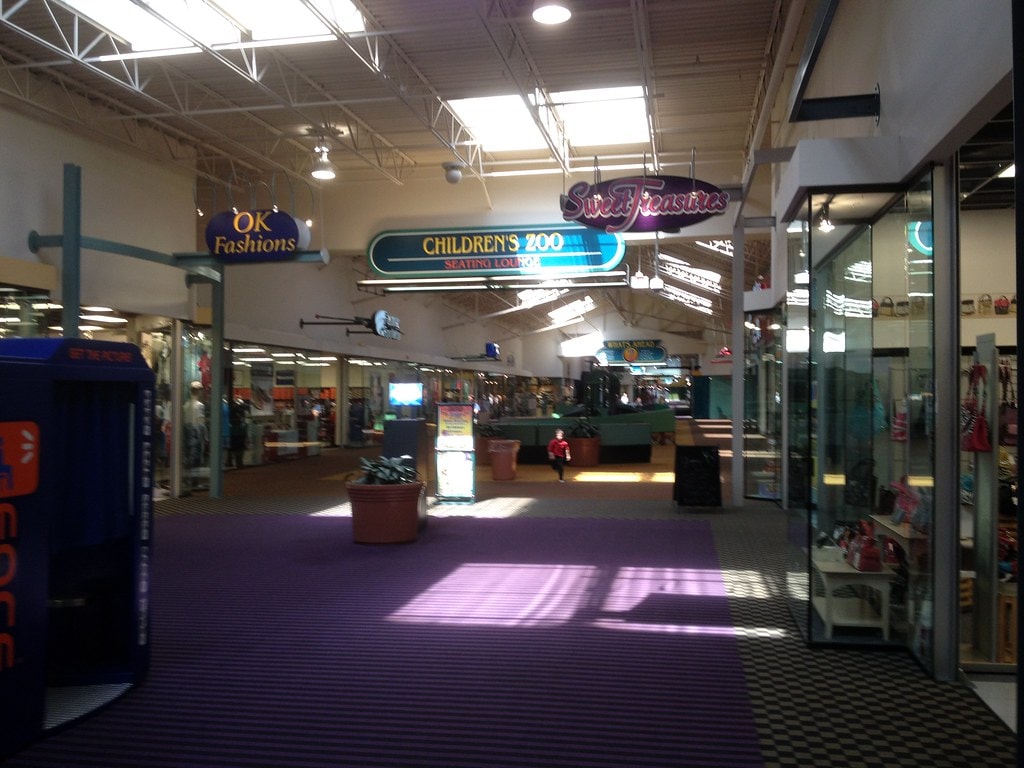
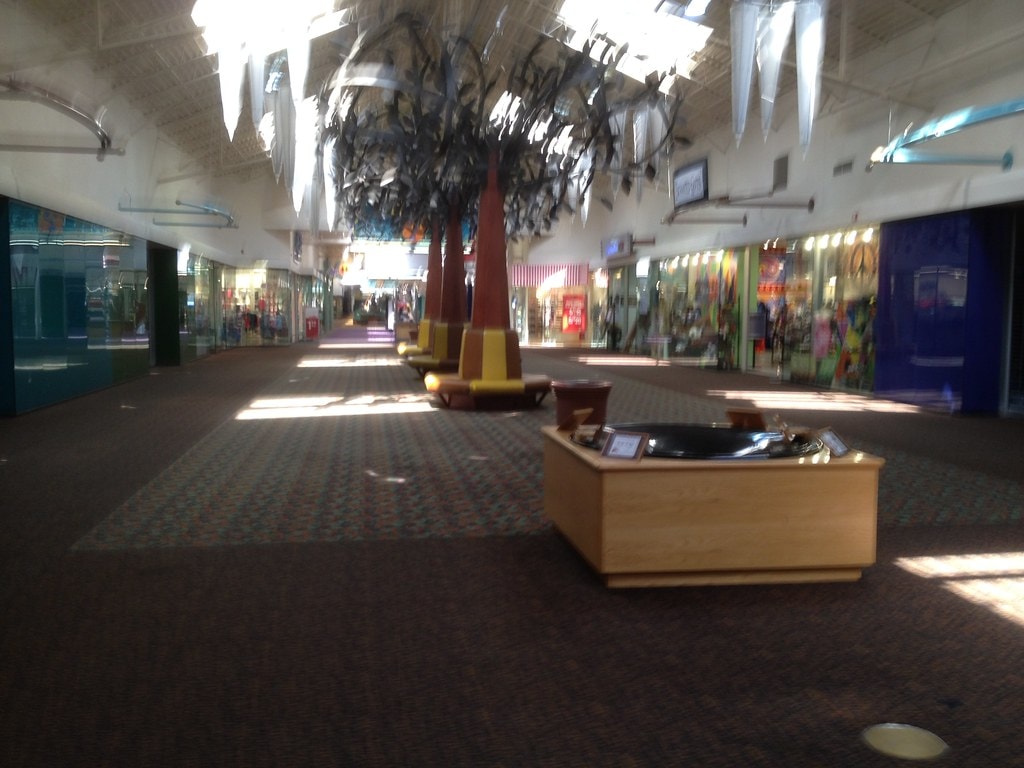
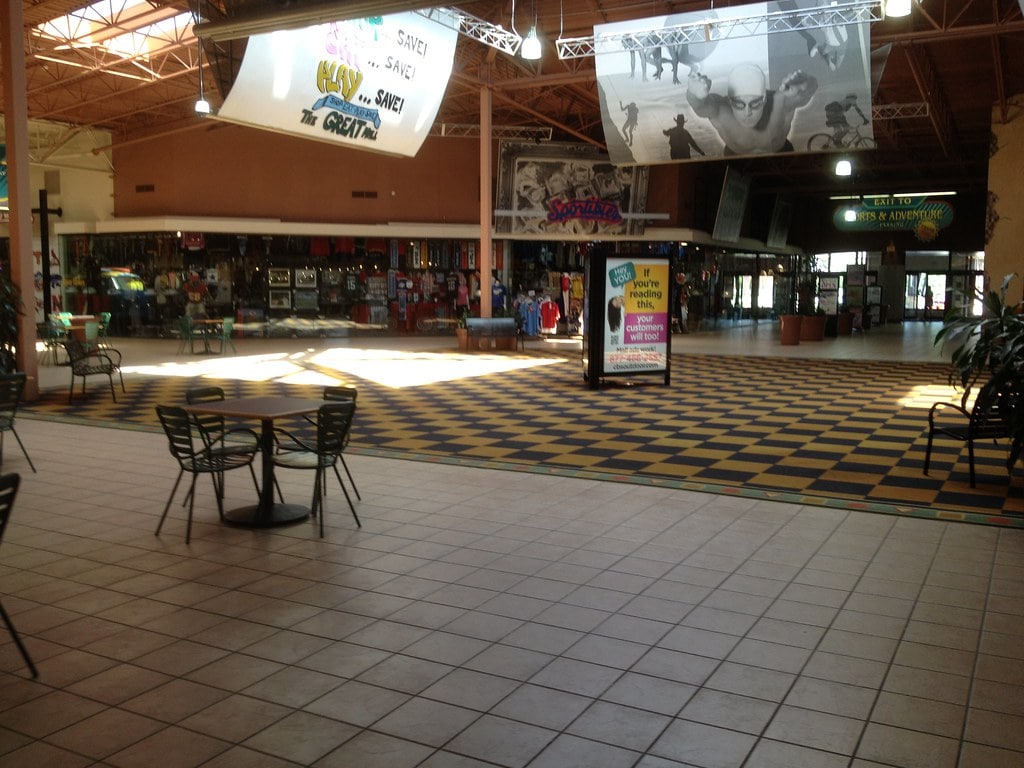

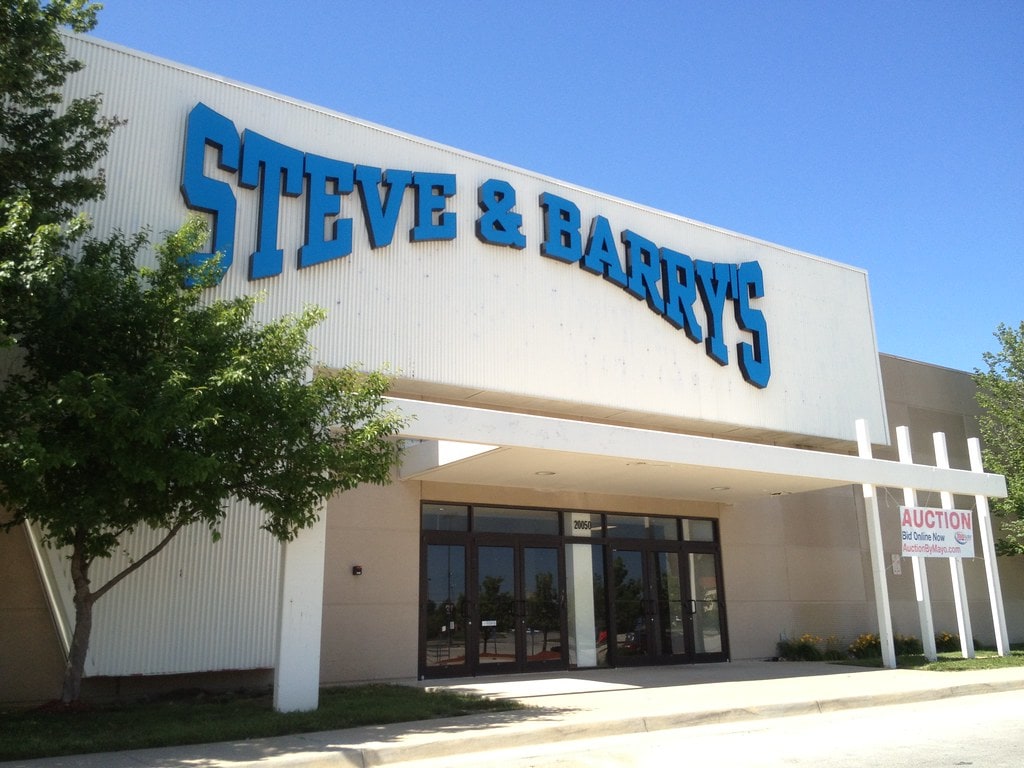
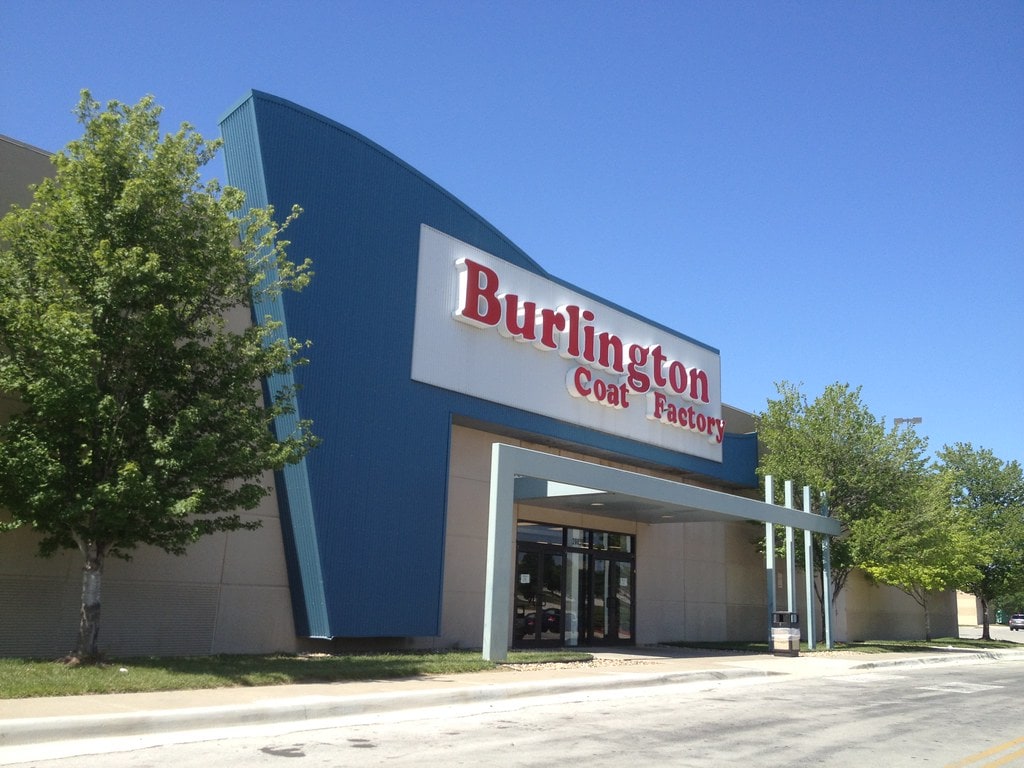
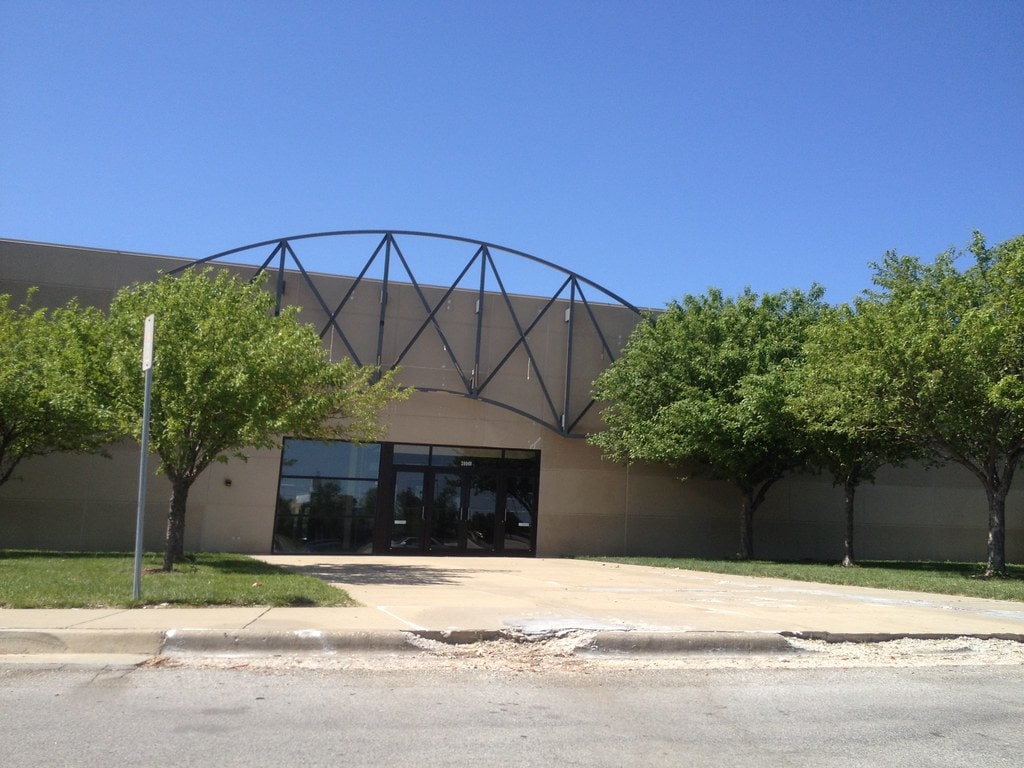
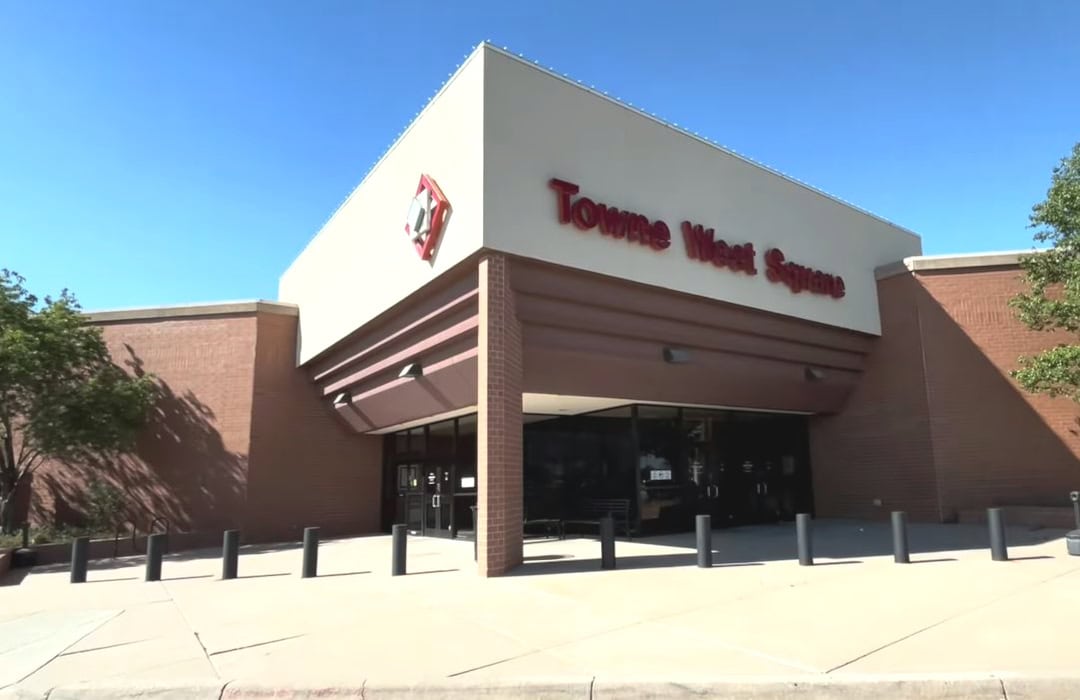
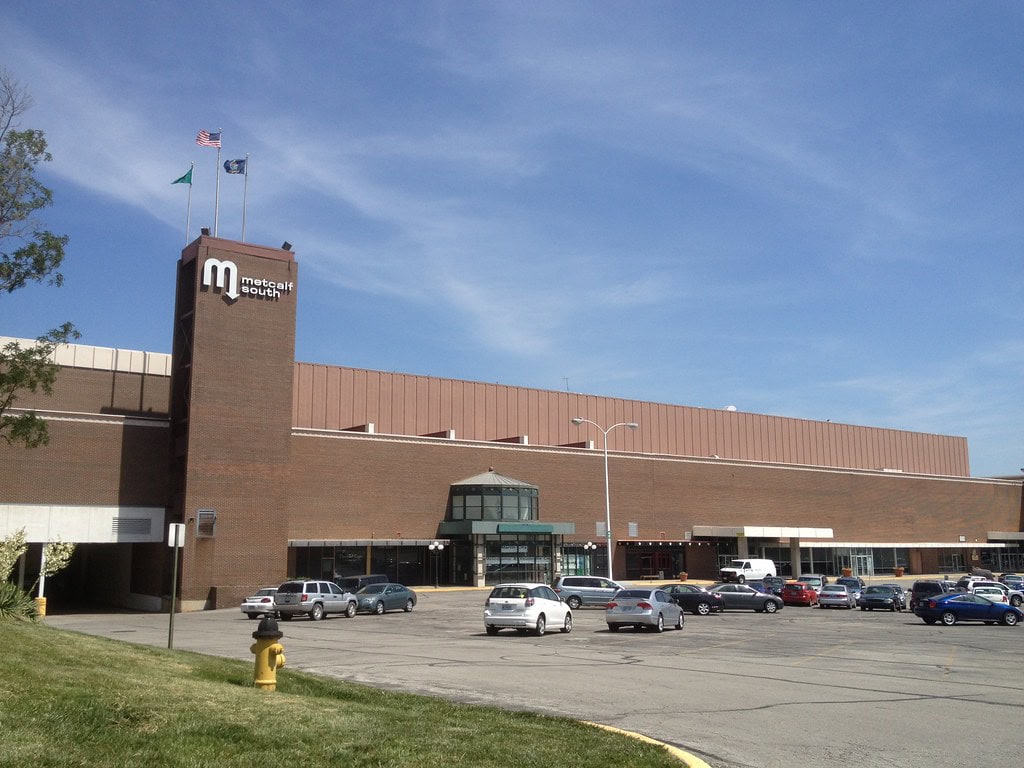
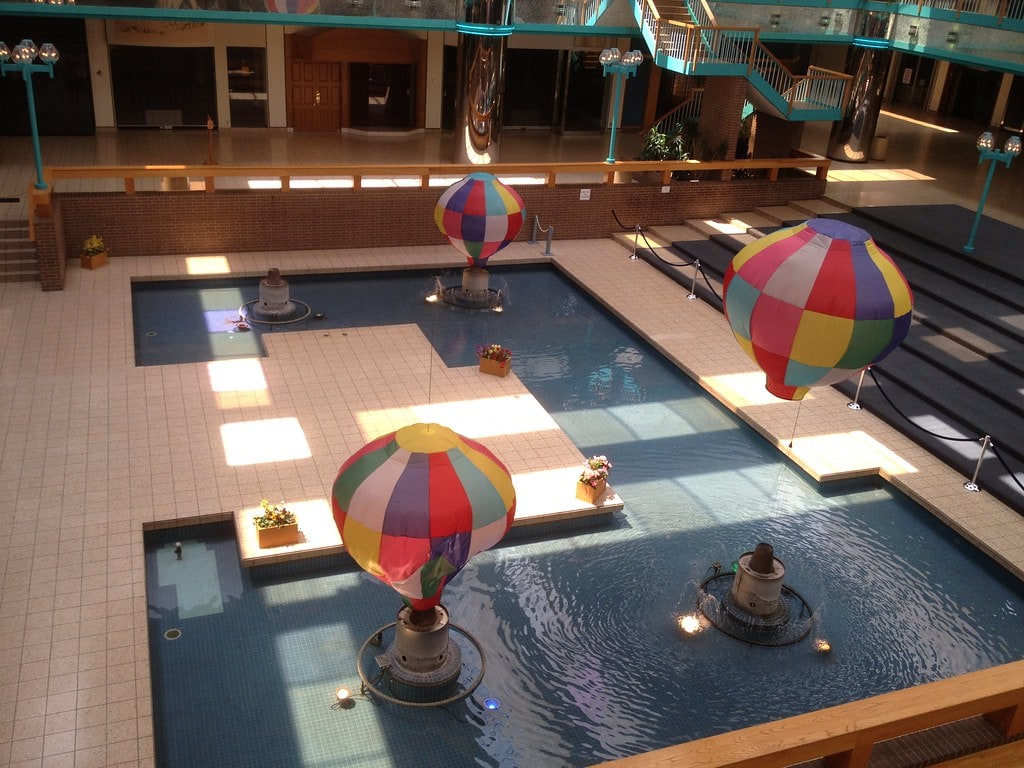
The Mall of America in Bloomington MN is in an established suburb with buses and light rail services. The Great Mall lacked this service. You had to have a car to get to it.
Access to public transportation can indeed make a big difference in terms of accessibility and convenience when it comes to shopping centers. In the case of the Great Mall of the Great Plains in Olathe, KS, it sounds like having a car was necessary for getting to the mall.
This was a wonderful article! I’ve been fascinated with this mall for a long time because of the concept that worked so many other places not working in KC. However I would like to make an adjustment: DSW did announce that they’d close in 1999, but decided to ride out their lease until 2007 once Saks OFF 5TH announced they’d open in the former Kitchen & Co.
Thanks for your comment. It's always intriguing to delve into why certain concepts work in some places but not others. Your additional information about DSW and Saks OFF 5TH adds another layer to this story.